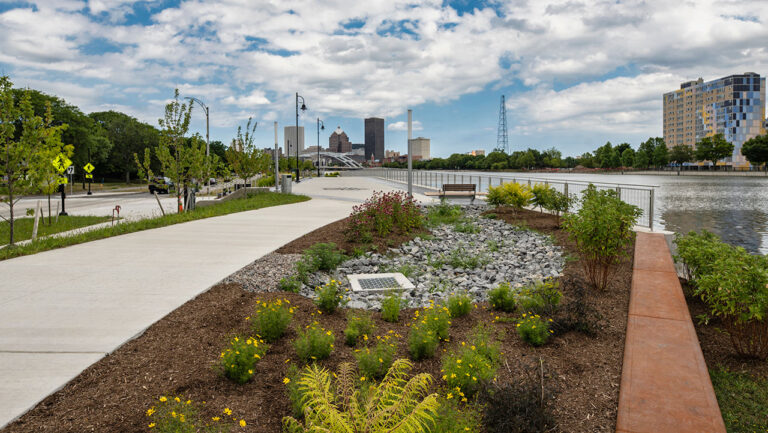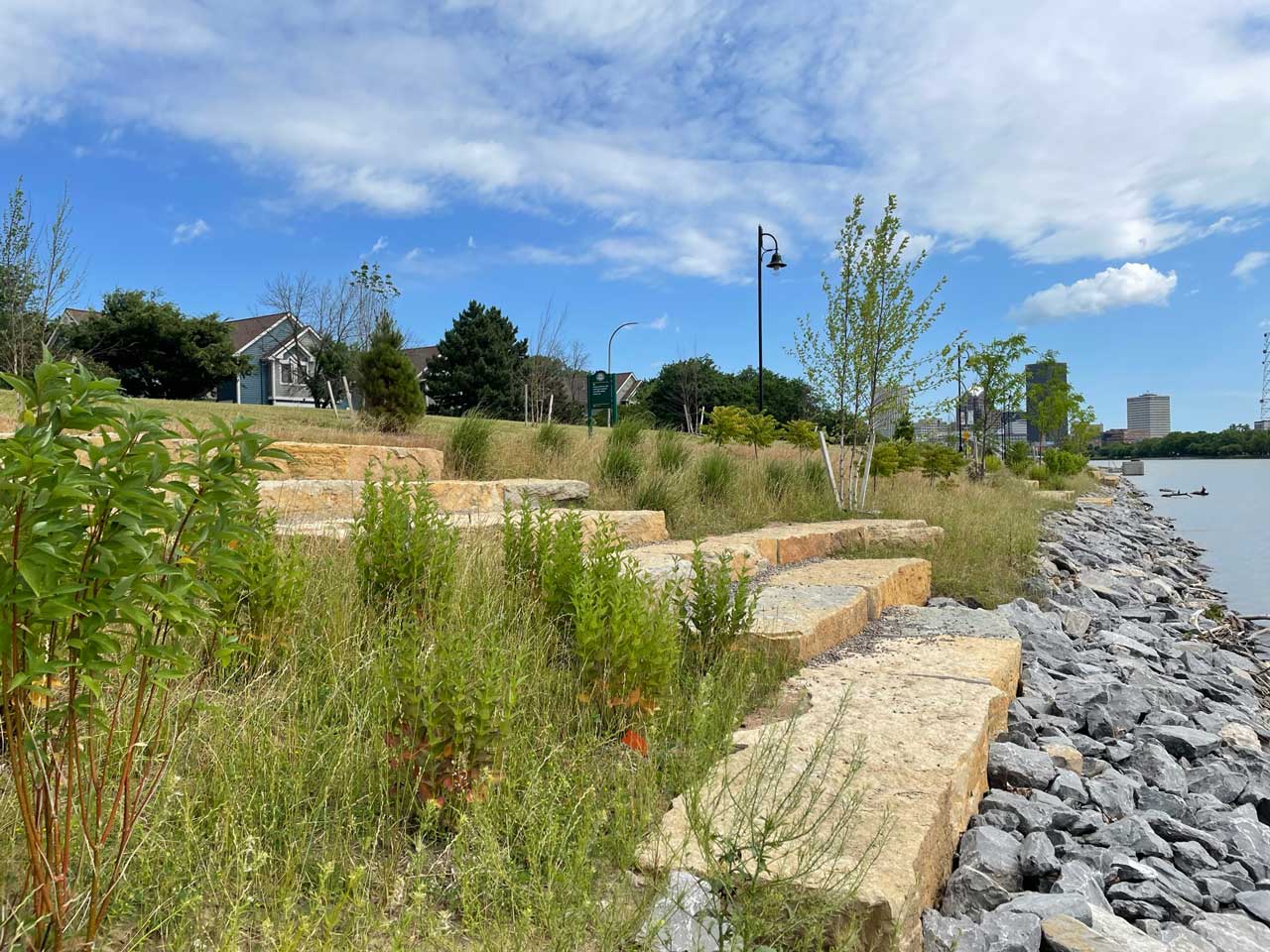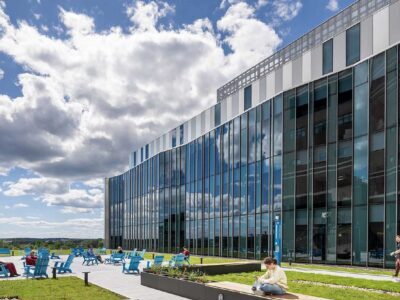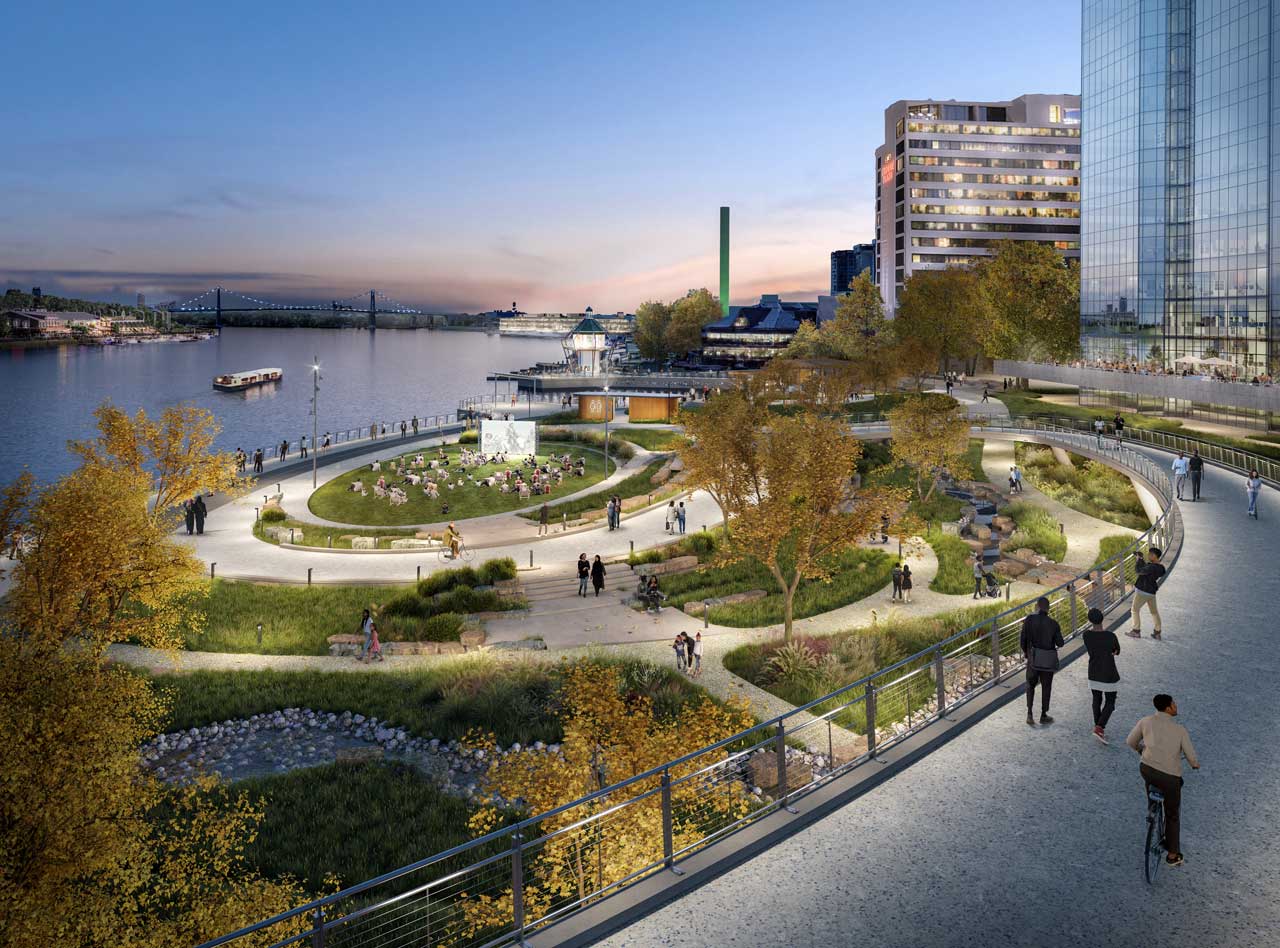Sustainable Landscape Architecture for a Greener Future

Landscape architecture is a multidisciplinary field that combines artistic design, environmental science, and ecology to shape outdoor spaces to harmonize with nature. It involves the meticulous planning and execution of landscapes in urban and rural settings, ensuring that these areas are both practical and aesthetically pleasing.
At its core, landscape architecture seeks to create environments that are sustainable, enhancing biodiversity and promoting ecological well-being, addressing both immediate and long-term ecological balance. Landscape architecture is crucial for addressing climate change, habitat loss, and urban sprawl, enhancing our planet’s health and resilience.
Celebrating Earth Day with Sustainable Practices
Observed each year on April 22, Earth Day serves as a powerful reminder of the critical need to protect our planet through sustainable and environmentally conscious practices. Since its inception in 1970, Earth Day has grown into a global movement, mobilizing millions of individuals worldwide to advocate for transformative environmental change. This day raises awareness about pressing issues like pollution and climate change, urging people to reflect on how their actions impact the world.

City of Rochester West River Wall: Blending green infrastructure with vibrant public space to promote community gathering and recreational activities while championing sustainability.
To celebrate Earth Day, individuals and communities can engage in a myriad of activities aimed at fostering sustainability including:
- Plant a tree or a garden
- Join local community clean-ups
- Advocate for policy changes
- Attend or host a sustainability event
- Support eco-friendly businesses
In 2025, the theme for Earth Day emphasizes the interconnection between nature and human health, highlighting the need to foster environments that support biodiversity and human well-being. By focusing on these themes, Earth Day aims to inspire collective action and encourage individuals to take meaningful steps toward a more sustainable future.
The Role of Landscape Architects in Community Health and Sustainability

Maine Medical Center Green Roof: Utilizing integrative design strategies to redesign with sustainability, functionality and aesthetics, providing the center occupants with open space and a place of respite.
The principles of sustainable landscape architecture are founded on core practices and techniques that seamlessly integrate ecological considerations with human functionality. One fundamental practice is the use of native plants, which are well-adapted to local climates and require less water and maintenance. This not only helps in conserving water resources but also supports local biodiversity.
Additionally, sustainable landscape architecture emphasizes the use of green infrastructure, like rain gardens and permeable pavements, to manage stormwater and reduce urban heat islands. Through these techniques, landscape architects play a critical role in climate change mitigation, as they design spaces that absorb carbon dioxide and reduce temperature extremes.
By implementing these core practices, sustainable landscape architecture not only enhances the aesthetic value of our surroundings but also ensures resilient and adaptable urban and rural landscapes in the face of changing environmental conditions.
Innovations and the Future of Landscape Architecture

Glass City Riverwalk, Toledo, OH: A sustainable landscape design transforming urban space into a greener, more resilient environment.
Innovations in landscape architecture are steadily transforming the field, especially through emerging trends in sustainable design that work to make our communities more resilient. Notably, the integration of smart technology and data analytics into landscape architecture is gaining momentum, enabling precision in resource management and environmental monitoring. This approach not only enhances the efficiency of landscape maintenance but also supports adaptive responses to climate change challenges.
Additionally, landscape architects are leveraging innovative materials such as recycled composites and green roofing systems, which offer sustainable alternatives that are both functional and environmentally friendly. As these trends progress, the role of landscape architects will be pivotal in advancing ecological conservation efforts and fostering communities that thrive alongside nature.
Taking Action for a Sustainable Future
Taking action for a sustainable future entails both individual and collective efforts, particularly highlighted during Earth Day celebrations. Joining the global movement on Earth Day not only provides an opportunity for individuals to engage in impactful environmental activities but also unites efforts worldwide to amplify the message of sustainability and ecological responsibility.

Comments are closed.